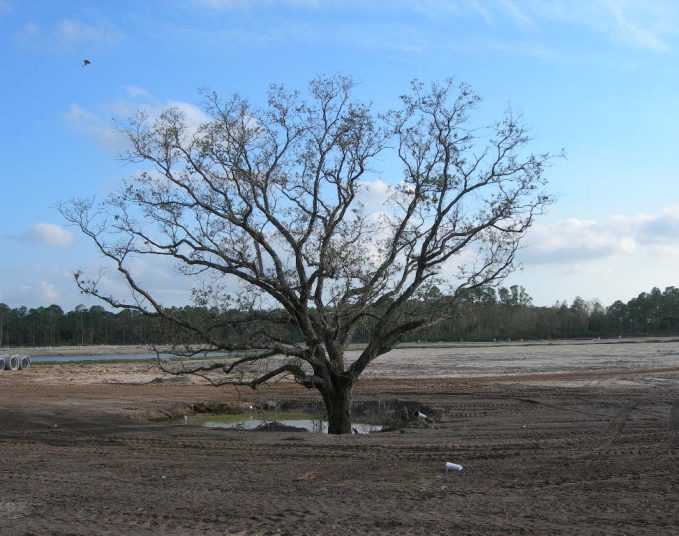If you regularly visit online community league chat groups or frequent sites like nextdoor.com, you’re probably convinced that the most popular career choice in Edmonton is “porch pirate,” and that coyotes are slowly taking over our city.
You can’t miss the posts about coyotes walking down the street, coyotes at the playground, that you should be on the lookout for an especially mangy coyote, or that you should keep your pets inside. Or all of the above.
But, is the coyote population booming? Or in an era of putting every one of our interactions online, are we just paying more attention to something that’s always been there?
The experts at the University of Alberta’s Edmonton Urban Coyote Project don’t think we’re being overrun by the wild dogs, but we’re certainly noticing them — and interacting with them — a lot more.
“I am not certain if the population of coyotes in Edmonton is growing, but some work from our lab suggests that reports of both sightings and conflicts with coyotes have been increasing over the last decade,” wrote M. Sc. student Abby Keller in an email.
“We don’t have a good census method for urban coyotes, so we can’t say with much precision how many there are or if they are increasing,” wrote Colleen Sinclair, a supervisor of the Edmonton Urban Coyote Project and a professor of biological sciences at the U of A. “I’ve been estimating that there are likely somewhere between 500 and 1,500 animals in the city, but it would be a large undertaking to get a good estimate.”
What they do have is research from Jonathan Farr, which looked at 9,134 reported coyote sightings in Edmonton from 2010-2021. What he found was that when sightings are more common, coyotes will tend to be less aggressive. When we’re in a time of year when sightings are more rare, the chances of an aggressive encounter increase.
That’s because the coyotes tend to be most aggressive during pup-rearing season. That’s also when they choose to be more reclusive, but will react defensively when they encounter humans or dogs. And, of the 50 cats reported killed during the study period, more than half were taken during pup-breeding season. After all, gotta feed the young ones, right?
“Probably caused by a combination of coyotes seeking food for their pups and generally greater numbers of free-roaming cats in the summer that might, in turn, be hunting naïve young birds and rodents,” wrote Farr.
“Bold behavior was described more frequently when reporters were walking, when dogs were mentioned, and when two or three coyotes were present,” wrote Farr. “Aggressive coyote behavior was reported more frequently than expected when cats or dogs were mentioned, when dogs were off-leash, and when two or more than three coyotes were observed. The least threatening coyote behaviors, avoidance and indifference, occurred mostly in reports when people were driving, cycling, or in their home or yard; when only one coyote was observed; and when coyotes were perceived as healthy.”
Similar reports of increased interactions between coyotes and humans have been recorded in California and Colorado. But, as cities grow, and natural spaces like woodlands or rivers come close to subdivisions, conflict between humans and wildlife is to be expected.
Trust someone who has lived in both Edmonton and Toronto; you’d much rather have coyotes as your “pest” animal than raccoons. Raccoons are the worst — they are absolute engineers when it comes to getting in your garbage, are conniving about making dens inside your home, and have no issue hissing at you when you encounter one on your porch.
And, heck, the coyotes do make for cool Facebook posts, don’t they?
Savvy AF. Blunt AF. Edmonton AF.




